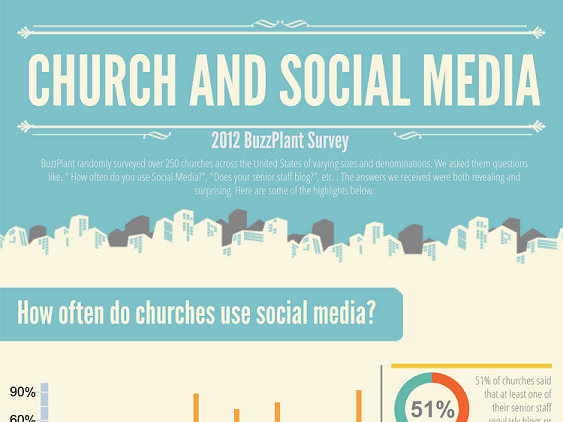The Evolution Of Church Music - From Gregorian Incantations To Contemporary Worship

Post By-Zamora Graversen
The history of church music is snugly connected to the history of religion. Till the high Center Ages, the only type of songs that was considered spiritual was monophonic incantation.
Unison chanting was the primary custom till artists began to explore polyphony-- music in which more than one component is sung at the same time. This evolution was not without dispute.
Gregorian Chants
Gregorian incantations are the foundation of Christian liturgical music. Frequently, the very same tune is repeated for various texts throughout a service and can be utilized to illustrate the text's magical and also spiritual message. Several Gregorian tunes are reminiscent of Hebrew synagogue melodies. A few Gregorian tunes have actually ended up being prominent secular tunes, consisting of the Renaissance track "Nun bitten wir den heiligen Geist."
Gregorian incantations are monophonic, and also they do not make use of harmony, however they do use drones, a musical technique where one note is held for a prolonged amount of time. They additionally do not have exact rhythms, but they do include a ternary kind and frequently include an incipit (beginning) and cadences (ending). Gregorian chants were created at the time of the Frankish kings' effort to link their kingdom under a single Roman liturgy as well as chant. One of the most popular Gregorian chants are the Responsorial psalms and also the Antiphons. These are accompanied by free melodies called tropes that illustrate the message's definition.
Hymns
The verses of a hymn ought to be poetic, with a clear, rational progression resulting in a solid, crucial climax. They will certainly not stray right into additional throughts for a rhyme or rhythm. The tunes of a hymn need to know, so that they can be easily learned as well as sung.
A classic hymn has a strophic kind, with numerous short knowledgeables sung to the very same melody. This enables congregational singing and also helps to provide the narrative arc of the song. Timeless hymns have a refrain, although there are some without one.
In the 16th century, Renaissance polyphony eclipsed Gregorian chant temporarily, McDonnell claims. Yet with liturgical reforms taking place in the 20th century, Gregorian incantation was brought back, Black adds.
Gospel Tracks
Gregorian chant and various other Western church music are rooted in old times when people automatically got into tune to share their emotions. This technique can be seen in scriptural accounts of occasions such as the tune of event led by Miriam complying with a divine miracle when she parted the Red Sea, and the spontaneous ode pneumatikos sung by Mary after becoming pregnant with Jesus.
Throughout the Second Great Awakening in the 1800s, Protestant religions started to grow rapidly and also a lot of them made use of songs to communicate their theology. Charles Wesley as well as Isaac Watts wrote hymns that were incredibly popular, and also African American servants developed a style of music known as spirituals.
https://shawneemissionpost.com/2020/09/09/village-presbyterian-church-highlights-black-musicians-in-virtual-course-on-history-of-spiritual-songs-100788/ included aspects of folk as well as blues music, however they likewise maintained a deep spiritual pathos. When they merged with black church songs that developed from the Sanctity movement, which emphasized personal devotion, scripture tracks were born. Learn Even more Here tended to have a refrain as well as were typically at a quicker rate than hymns.
Contemporary Worship
When it pertains to contemporary praise, every church does points a bit differently. While several churches utilize a selection of designs, the majority of are rooted in contemporary types of music with a solid influence from pop culture.
These styles are often based on instruments like guitars as well as straightforward choruses. They are created to equalize congregational vocal singing so more individuals can take part. The category has actually advanced from the folk guitars of the 1970s to even more acoustic string and woodwind instrumentation.
But while the battering kick-drums of the latest Mumford as well as Sons song might sound extra harmonic with modern-day society, there are various other designs that can be extra theologically concentrated and musically advanced. As an example, hymns with a clearly theological lyrical emphasis mixing typical rhythms and also instruments have started to emerge recently. The trend is encouraging and one that might at some point bring Gregorian chants back right into the mainstream of contemporary prayer. The crucial thing is not to produce a dichotomy in between design and also compound.

